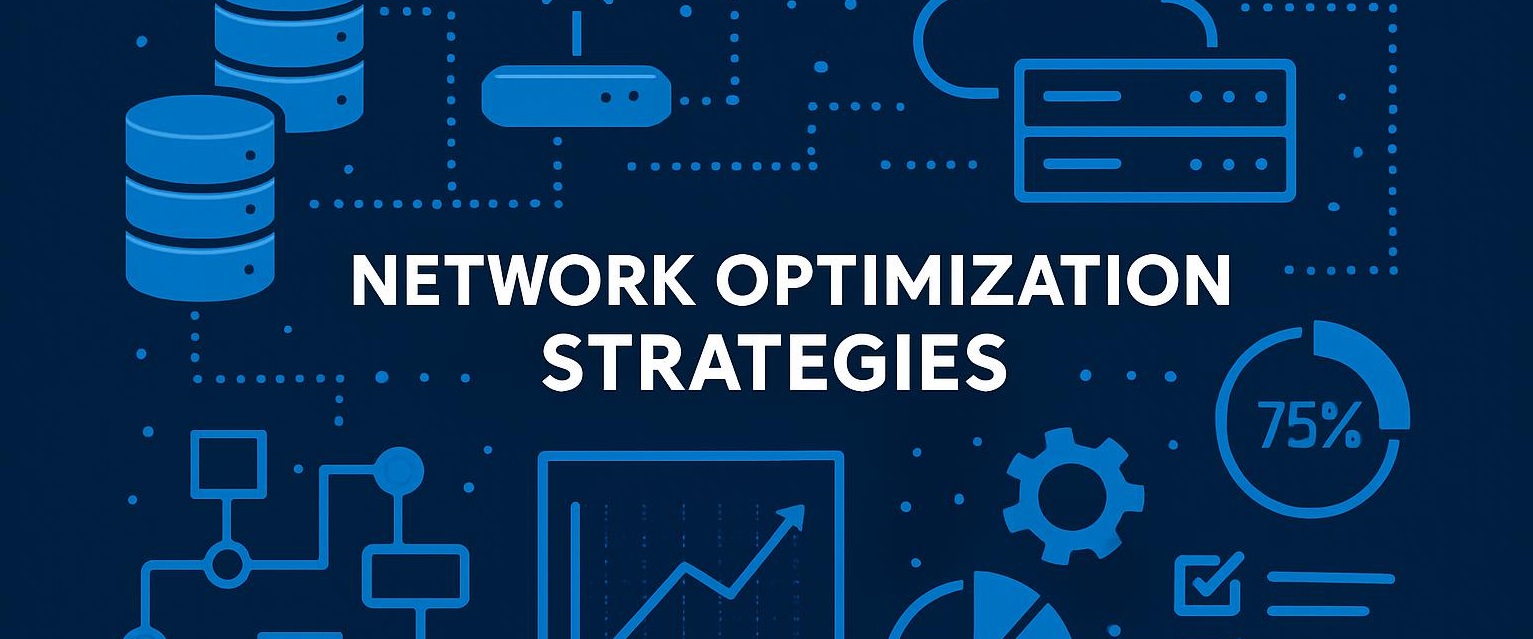
In today's digital-first business environment, network performance directly impacts productivity, customer experience, and ultimately, the bottom line. As organizations increasingly rely on cloud services, remote work solutions, and bandwidth-intensive applications, the demand on network infrastructure continues to grow. This article explores key strategies for optimizing your business network to ensure reliability, performance, and security in the face of evolving requirements.
The foundation of any effective optimization strategy is a thorough understanding of your current network environment. A comprehensive assessment should document existing infrastructure, identify bottlenecks, and establish performance baselines. This process involves mapping network topology, inventorying hardware and software components, and analyzing traffic patterns.
Modern network assessment tools can provide detailed visibility into performance metrics, utilization rates, and potential vulnerabilities. These insights help prioritize optimization efforts by identifying the most critical areas for improvement. Regular assessments should become part of your ongoing network management strategy, as network requirements evolve with changing business needs and technology advancements.
Bandwidth management is essential for ensuring critical applications receive the network resources they need. Quality of Service (QoS) policies allow you to prioritize traffic based on business importance, ensuring that mission-critical applications like video conferencing or VoIP calls take precedence over less time-sensitive activities like large file downloads or software updates.
Beyond simple prioritization, advanced bandwidth management includes techniques like traffic shaping, which controls the volume and rate of network traffic; packet marking, which identifies different types of traffic for appropriate handling; and bandwidth allocation, which reserves specific amounts of bandwidth for particular applications or users. These techniques work together to optimize network performance even during peak usage periods.
Network segmentation divides your network into smaller, more manageable sections, improving both performance and security. By creating separate network segments for different departments, functions, or security requirements, you can contain traffic within relevant areas, reducing congestion across the broader network and limiting the potential spread of security threats.
Virtual LANs (VLANs) provide a flexible approach to segmentation without requiring physical separation. They allow you to group devices logically, regardless of physical location, based on functional requirements or security policies. This approach simplifies network management, improves performance through reduced broadcast domains, and enhances security by isolating sensitive systems. For example, you might create separate VLANs for finance, guest access, IoT devices, and production systems, each with appropriate security controls and performance allocations.
Software-Defined Wide Area Networking (SD-WAN) represents a significant advancement in network architecture, particularly for organizations with multiple locations. Unlike traditional WAN solutions that rely on fixed circuits and hardware-based controls, SD-WAN uses software to intelligently direct traffic across the most efficient pathways based on real-time network conditions and application requirements.
SD-WAN solutions can dynamically route traffic across multiple connection types—including MPLS, broadband, LTE, and 5G—selecting the optimal path for each application. This approach improves performance, increases reliability through connection diversity, and often reduces costs by allowing organizations to supplement or replace expensive dedicated circuits with more affordable internet connections. The centralized management interface simplifies configuration and monitoring across distributed locations, making it easier to implement consistent policies enterprise-wide.
As businesses migrate applications and data to cloud environments, optimizing connectivity to these services becomes increasingly important. Direct cloud connectivity options like AWS Direct Connect, Azure ExpressRoute, or Google Cloud Interconnect provide dedicated connections to major cloud providers, bypassing the public internet for improved performance, reliability, and security.
For organizations using multiple cloud providers, cloud exchange services offer a single connection point that provides access to numerous cloud platforms, simplifying management and reducing costs. Content Delivery Networks (CDNs) can further optimize cloud-based content delivery by caching frequently accessed data closer to end users. When direct connections aren't feasible, SD-WAN solutions can optimize cloud access by intelligently routing traffic and providing visibility into cloud application performance.
Network automation reduces manual configuration tasks, improves consistency, and enables faster response to changing conditions. By automating routine processes like configuration management, policy enforcement, and performance monitoring, organizations can reduce human error, improve compliance, and free IT staff for more strategic initiatives.
Modern network orchestration platforms provide comprehensive tools for automating complex workflows across multi-vendor environments. These platforms can automatically provision network resources based on application requirements, implement security policies consistently across the infrastructure, and dynamically adjust configurations in response to changing conditions. As networks grow more complex, automation becomes not just a convenience but a necessity for maintaining performance and reliability.
Continuous monitoring is essential for maintaining optimal network performance and quickly identifying potential issues before they impact users. Modern network monitoring solutions provide real-time visibility into performance metrics, traffic patterns, and potential anomalies across the entire infrastructure, from on-premises equipment to cloud services and remote endpoints.
Advanced analytics capabilities transform raw monitoring data into actionable insights through techniques like trend analysis, anomaly detection, and predictive modeling. These tools can identify subtle patterns that might indicate emerging problems, forecast future capacity requirements based on historical trends, and correlate events across different systems to identify root causes of complex issues. Some platforms now incorporate machine learning to continuously improve their analytical capabilities, becoming more accurate over time in distinguishing between normal variations and genuine problems.
While software optimization techniques are powerful, hardware capabilities ultimately determine your network's performance ceiling. Regularly evaluating and upgrading network hardware ensures your infrastructure can support evolving business requirements. Key components to assess include routers, switches, wireless access points, and security appliances.
Effective capacity planning looks beyond current needs to anticipate future requirements based on business growth projections, technology trends, and changing work patterns. This forward-looking approach helps prevent performance bottlenecks by ensuring sufficient capacity is available before it's needed. When planning upgrades, consider not just raw performance metrics but also advanced features like power efficiency, management capabilities, security functions, and compatibility with emerging standards.
Medhyacom Technology offers comprehensive network optimization services to help your business achieve peak performance, enhanced security, and maximum reliability. Our team of certified network engineers can assess your current infrastructure and implement tailored solutions to meet your specific business needs.
Connect with Medhyacom Technology Today